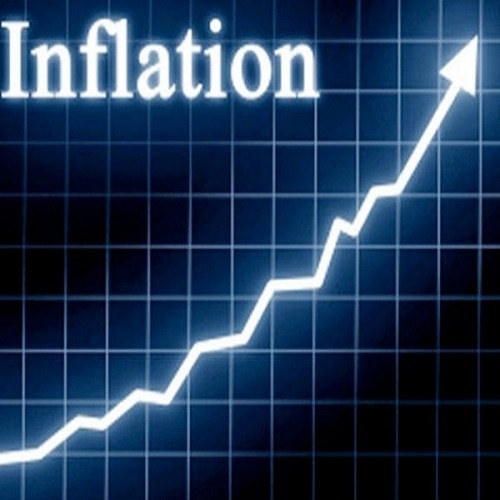New Delhi: Pressure in food prices has been interrupting the ongoing disinflation process in India, and posing challenges for the final descent of inflation trajectory to the 4 per cent target, as per minutes of RBI’s monetary policy meeting that was held earlier this month.
Unpredictable supply-side shocks from adverse climate events and their impact on agricultural production as well as, geo-political tensions and their spillovers to trade and commodity markets add uncertainties to the outlook, said the minutes released on Friday.
The RBI typically conducts six bimonthly meetings in a financial year, where it deliberates interest rates, money supply, inflation outlook, and various macroeconomic indicators. The other five meetings are scheduled for June 5-7, 2024; August 6-8, 2024; October 7-9, 2024; December 4-6, 2024; and February 5-7, 2025.
The RBI is currently focused on bringing down the inflation to 4 per cent target on a durable basis.
“Monetary policy must continue to be actively disinflationary to ensure anchoring of inflation expectations and fuller transmission. The MPC will remain resolute in its commitment to aligning inflation to the target. The MPC believes that durable price stability would set strong foundations for a period of high growth,” as per the Minutes of the meeting.
Retail inflation in India is in RBI’s two-six per cent comfort level but is above the ideal 4 per cent scenario. In March, it was 4.85 per cent. Inflation has been a concern for many countries, including advanced economies, but India has largely managed to steer its inflation trajectory quite well.
Along anticipated lines, RBI kept the policy repo rate unchanged at 6.50 per cent, the seventh time in a row. The repo rate is the rate of interest at which the RBI lends to other banks.
Barring the latest pauses, the RBI raised the repo rate by 250 basis points cumulatively to 6.5 per cent since May 2022 in the fight against inflation. Raising interest rates is a monetary policy instrument that typically helps suppress demand in the economy, thereby helping the inflation rate decline.
Coming back to the Minutes of the monetary policy meeting, it noted that the domestic economic activity remained resilient, backed by strong investment demand and upbeat business and consumer sentiments. The domestic economy is experiencing strong momentum
As per the second advance estimates, real gross domestic product (GDP) expanded at 7.6 per cent in 2023-24 on the back of buoyant domestic demand.
According to India’s official data, the country grew at a massive 8.4 per cent during the October-December quarter of the financial year 2023-24 and the country continued to remain the fastest-growing major economy. The Indian economy grew 7.8 per cent and 7.6 per cent during the preceding two quarters – April-June and July-September.
India’s economy grew 7.2 per cent in 2022-23 and 8.7 per cent in 2021-22, respectively.
India is set to remain the fastest-growing among major economies in 2024, according to the International Monetary Fund’s latest World Economic Outlook.
(With inputs from ANI)












